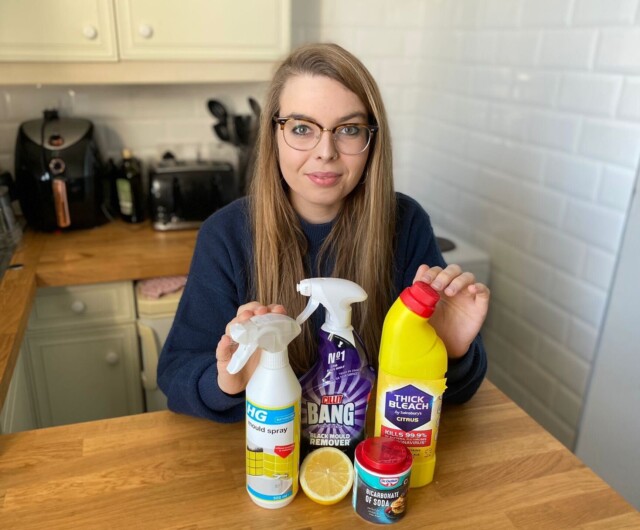I CAN’T believe it – my stubborn black mould has wiped away with hardly any effort, and all I’m using is lemon juice.
I’m testing to see which mould cleaning methods really work, and which ones are a bit of a flop.
HOAR’s Lucy Alderson tested five common methods of cleaning mould to see which one was best
Roughly 11.8 million people in Britain are currently living in mouldy properties.
It can be very common during cold weather – and experts have warned it is even more of a problem this winter.
That’s because an efficient way of preventing it is putting on the heating – but as millions are being hit by eye-watering energy bills, many simply can’t afford to do this.
Instead, households are keeping on top of infestations by scrubbing spores away – which is a lot cheaper.
But with so many cleaning solutions and methods promising to crack down on mould, which ones actually work?
I’ve put five common sprays and homemade cleaning solutions to the test. They are:
- Cillit Bang Black Mould Remover
- Lemon juice
- Bicarbonate of soda and warm soapy water
- Bleach
- HG Mould Remover Spray
I have a bad mould problem in my bathroom, so I tested each one to see how they fared getting spores off different patches of my walls and windows.
I rated each one out of five for value for money, ease of use and effectiveness, which meant each one was given a score out of 30.
Here’s how each one fared.
Method one: Cillit Bang Black Mould Remover
I was impressed by the Cillit Bang black mould remover
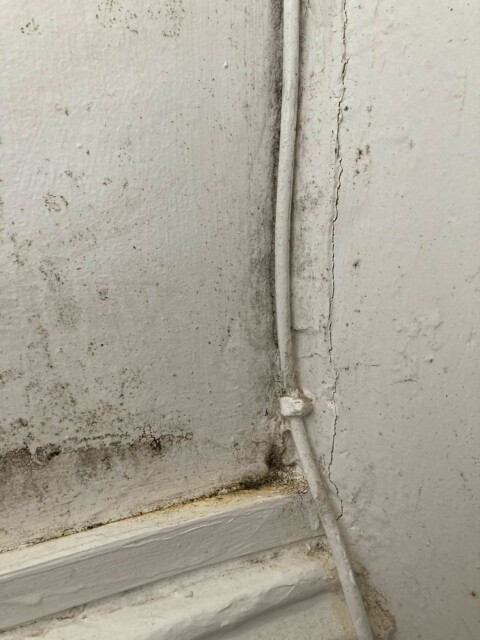 BEFORE: I found it hard to remove mould from these nooks and crannies
BEFORE: I found it hard to remove mould from these nooks and crannies
 AFTER: the spray did a really good job of cleaning hard to get areas
AFTER: the spray did a really good job of cleaning hard to get areas
I had heard very positive reviews about this mould spray.
Fans have posted on Facebook claiming it’s “amazing” and provides really good results.
I got mine from Poundland for £3.
It was one of the priciest solutions, so I was expecting big things – and I wasn’t disappointed.
It couldn’t have been easier to use.
You simply spray it on your mould patch, leave it for 15 minutes, and wipe it off with a damp cloth.
I used the spray on an area of wall I’ve previously found hard to clean because of hard to reach areas behind wires.
I was very pleased with the results – there was no need to scrub, and the mould came off so easily.
But on the more stubborn patches, not all the spores were removed.
But overall, I thought it worked really well – and would definitely use it again.
- Price: £3, Poundland
- Ease of use: 4.5/5
- Effectiveness: 4/5
- Value for money: 4/5
- Total score: 12.5/15
WINNER: Method two: Lemon juice
 I was blown away by my 25p lemon from Sainsbury’s
I was blown away by my 25p lemon from Sainsbury’s
 BEFORE: There were some stubborn mould spores on my bathroom wall
BEFORE: There were some stubborn mould spores on my bathroom wall
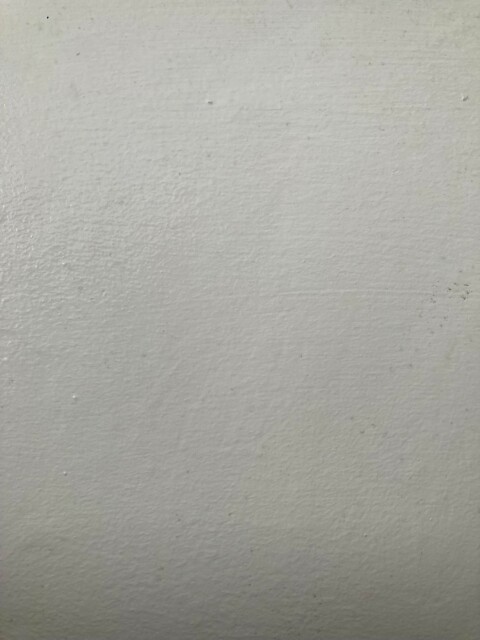 AFTER: I thought the lemon juice did an excellent job of cleaning it off
AFTER: I thought the lemon juice did an excellent job of cleaning it off
I admit – I was sceptical about how effective lemon juice was really going to be.
I’ve seen cleaning enthusiasts rave about it on TikTok.
But I’ve got some serious mould on my walls – would it really work?
I squeezed my lemon into a bowl, dipped my cloth into it and started scrubbing.
I was amazed by the results.
My mould came off super easily, and I hardly had to rub at all.
It worked just as well as other pricey sprays I had tested – but for a fraction of the price.
I had paid just 25p for my lemon from Sainsbury’s.
That’s why I ranked it very highly for value for money – I paid for it with loose change gathering dust in my purse, and it made a huge difference to my mouldy walls.
The only pain was having to squeeze the lemon into a bowl myself, instead of having a spray ready to go – but that was only a mild inconvenience.
It also made the room smell amazing.
- Price: 25p
- Ease of use: 4/5
- Effectiveness: 4.5/5
- Value for money: 4.5/5
- Total score: 13/15
Method three: Bicarbonate of soda
 I was sceptical about using bicarbonate of soda to clean my mould
I was sceptical about using bicarbonate of soda to clean my mould
 BEFORE: There was lots of ingrained mould around my plug socket
BEFORE: There was lots of ingrained mould around my plug socket
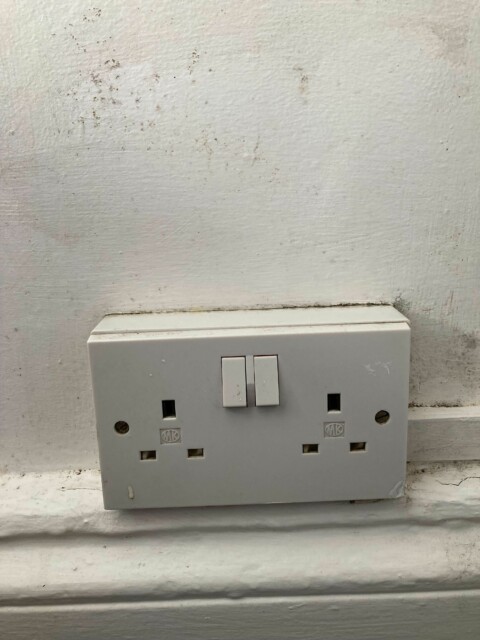 AFTER: The bicarbonate of soda solution I made hardly made a dent
AFTER: The bicarbonate of soda solution I made hardly made a dent
I couldn’t help recalling with horror the last time I tried to get rid of a stain using a homemade bicarbonate of soda solution – I ended up making the stain on my carpet a lot worse.
Nevertheless, I decided to give it another go – perhaps this time, it would work better cleaning my mould.
I added two tablespoons of bicarbonate of soda to two cups of water, and mixed well.
I applied it to a mould-riddled area, making sure to cover the socket to make sure the solution didn’t get on it and create a fire hazard.
It didn’t work well at all.
I could barely notice any difference – even though I was scrubbing very hard.
It was an awful lot of effort for poor results.
The bicarbonate of soda cost me £1.60 from Sainsbury’s – and I thought it was a waste of money.
Next time, I’ll be sticking to baking cakes with it, instead of using it to clean my home.
- Price: £1.60
- Ease of use: 1/5
- Effectiveness: 1/5
- Value for money: 1/5
- Total score: 3/15
Method four: Bleach
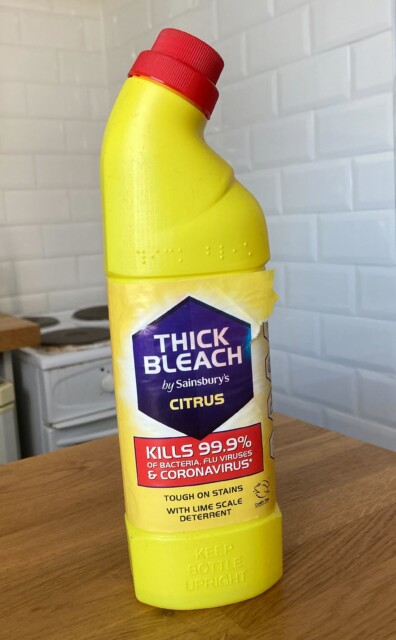 I usually use bleach to kill my mould
I usually use bleach to kill my mould
 BEFORE: There were lots of spores above and around my skirting board
BEFORE: There were lots of spores above and around my skirting board
 AFTER: The bleach did well to lift the majority of spores up
AFTER: The bleach did well to lift the majority of spores up
I usually use bleach to clean mould spores.
But some experts have warned it doesn’t actually treat it thoroughly.
So I was intrigued to see how it would fare up against other cleaning methods.
The bleach did a good job of lifting up most of the spores above and around my skirting board.
But I had to give my walls a good scrub – the mould wasn’t lifting up as easily compared to other cleaning methods I tried.
This bleach cost me 70p from Sainsbury’s, so considering how cheap it was, it was quite good value for money.
I would use it as a backup option to clean mould if I’ve run out of other cleaning products and need a quick fix.
But I certainly wouldn’t be reaching for it as my go-to mould remover.
- Price: 70p
- Ease of use: 3/5
- Effectiveness: 3/5
- Value for money: 3/5
- Total score: 9/15
HG mould spray
 I was intrigued to put this industrial-looking mould spray to the test
I was intrigued to put this industrial-looking mould spray to the test
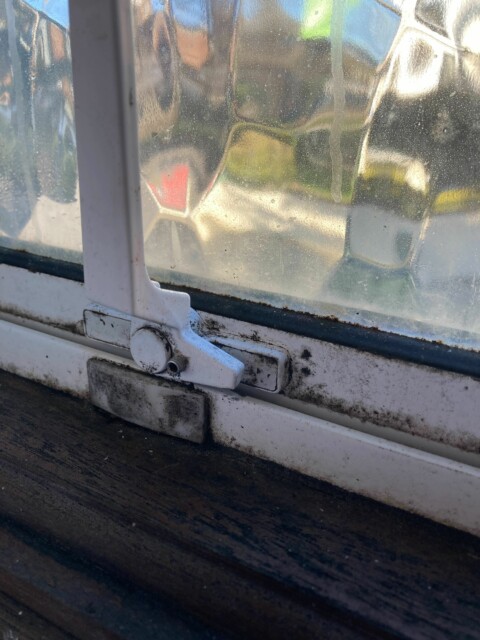 BEFORE: My mouldy window needed some TLC
BEFORE: My mouldy window needed some TLC
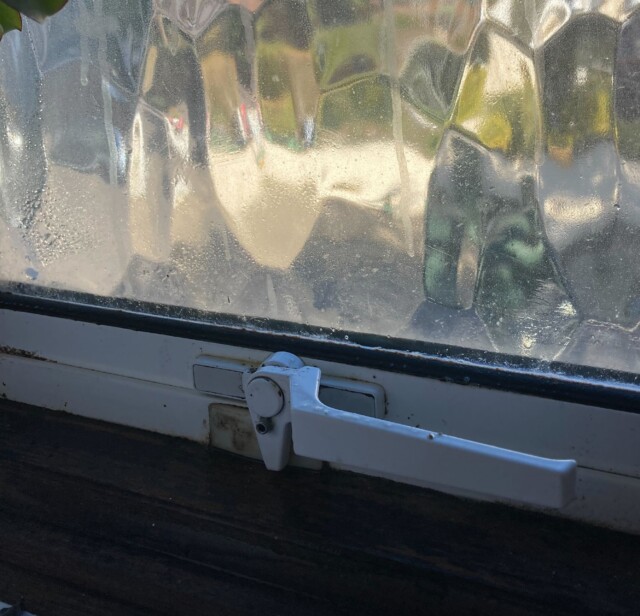 AFTER: The spray did a really good job of clearing spores
AFTER: The spray did a really good job of clearing spores
Cleaning my mouldy bathroom window is a nightmare.
There are no window vents, and because of this lack of ventilation, it has created a really bad mould problem.
I’m constantly battling to get rid of it, especially as the window lock is fiddly to clean.
That’s why I put the priciest of my sprays, the HG mould spray, to the test.
It was a whopping £9.99 from my local hardware store – although you can get it for £5.50 at Wickes and Amazon.
The process for using it was a bit more time-consuming than others.
I had to spray it on the mould, and leave it for 30minutes before wiping it off.
I was very impressed with the results.
The mould was wiped away without a hassle – but when I had cleaned it before with just bleach, I had to really scrub to get it off.
There were a few spores left, but the bottle said you could leave it on for longer for more stubborn stains, so I’ll do that the next time.
However, I marked it down on value for money – that’s because the cheaper Cillit Bang spray and the lemon juice did just as good a job.
I couldn’t quite justify the price tag as a result.
- Price: £9.99
- Ease of use: 4/5
- Effectiveness: 4.5/5
- Value for money: 3.5/5
- Total score: 12/15
The verdict
I will definitely be using lemon juice as my go-to mould treatment in the future.
I was blown away by how well it worked.
I would also buy Cillit Bang’s mould spray again.
It was so easy to use, and worth the £3 I paid for it.


